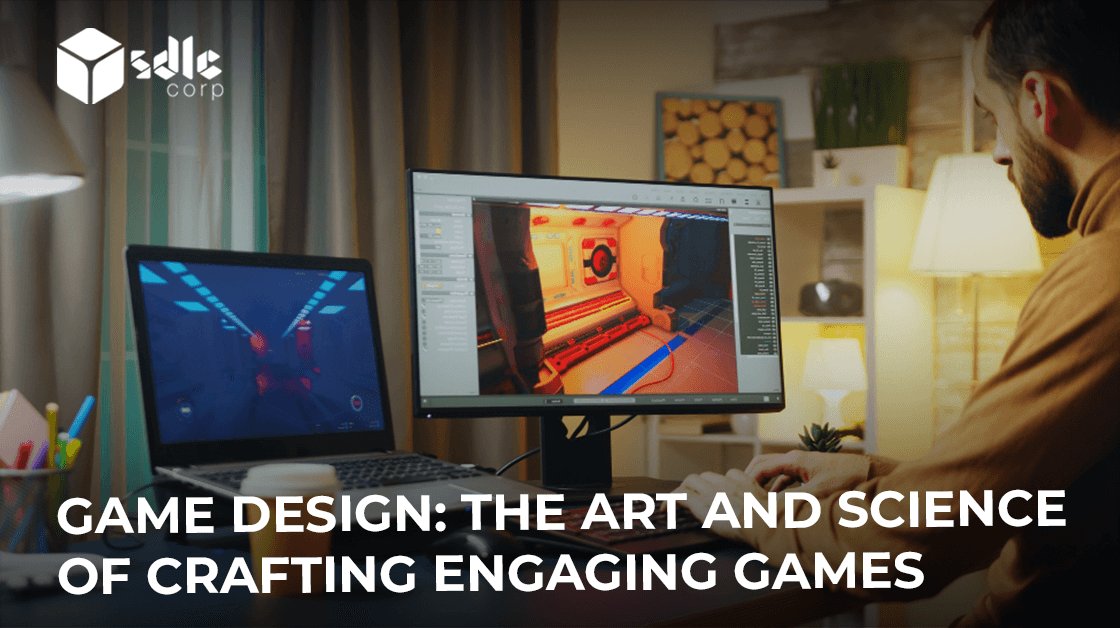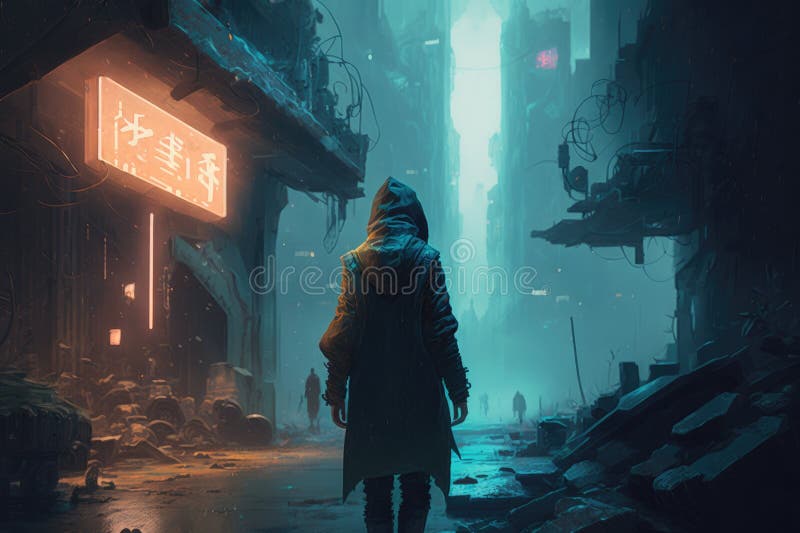The Art And Science Of Online Games Design: Crafting Immersive Experiences In The Digital Realm
The Art and Science of Online Games Design: Crafting Immersive Experiences in the Digital Realm
Related Articles: The Art and Science of Online Games Design: Crafting Immersive Experiences in the Digital Realm
Introduction
With enthusiasm, let’s navigate through the intriguing topic related to The Art and Science of Online Games Design: Crafting Immersive Experiences in the Digital Realm. Let’s weave interesting information and offer fresh perspectives to the readers.
Table of Content
The Art and Science of Online Games Design: Crafting Immersive Experiences in the Digital Realm

The landscape of entertainment has been irrevocably transformed by the rise of online games. From the early days of text-based MUDs to the complex, interconnected worlds of today, online games have captivated audiences worldwide, fostering communities and offering unparalleled experiences. Understanding the intricacies of online games design is crucial for navigating this dynamic industry, appreciating the artistry and technical prowess that underpins these digital realms.
The Foundation of Online Games Design: A Multifaceted Approach
Online games design is a multifaceted discipline, encompassing a wide range of skills and knowledge. Unlike traditional single-player games, online games are designed for a persistent, interconnected player base, requiring careful consideration of social dynamics, network infrastructure, and evolving user behavior.
1. Gameplay Mechanics: The Core of the Experience
At the heart of any online game lies its gameplay mechanics. These are the rules, systems, and interactions that define how players engage with the game world. This includes:
- Combat: Whether it’s turn-based strategy, real-time action, or a blend of both, combat systems must be engaging, balanced, and rewarding.
- Progression: Players need a clear sense of advancement, unlocking new abilities, items, or content as they progress through the game.
- Economy: Online games often feature virtual economies where players trade, barter, or earn currency. This system must be carefully calibrated to prevent exploitation and maintain a healthy balance.
- Social Interactions: The ability for players to connect, collaborate, or compete with one another is a defining characteristic of online games. This can take many forms, from guild systems and chat channels to competitive arenas and collaborative quests.
2. World Design: Crafting Believable Environments
The world of an online game serves as the backdrop for player experiences. It’s crucial to create a world that is both visually appealing and engaging, offering players opportunities for exploration, discovery, and interaction.
- Level Design: Levels should be thoughtfully designed to guide players through the game, offering challenges, rewards, and opportunities for exploration.
- Environment Art: The visual aesthetic of the game world is paramount. Environments should be visually striking, detailed, and consistent with the game’s overall theme.
- Narrative and Lore: A compelling narrative or lore adds depth and meaning to the game world, providing players with a sense of history, purpose, and connection to the characters and events within the game.
3. User Interface and User Experience (UI/UX): Navigating the Digital Realm
A well-designed user interface is essential for a smooth and intuitive player experience. Players should be able to easily navigate menus, access information, and interact with the game world.
- Intuitive Controls: The controls should be responsive, easy to learn, and consistent across different platforms.
- Clear Information Display: Players need access to essential information, such as their character stats, inventory, and mission objectives.
- Accessibility: The game should be accessible to players with different abilities, offering options for customization and alternative input methods.
4. Technical Infrastructure: Powering the Persistent World
Online games require a robust technical infrastructure to support the simultaneous interaction of numerous players. This includes:
- Server Architecture: Servers must be powerful enough to handle the demands of a large player base and ensure smooth gameplay.
- Network Connectivity: Stable and reliable network connections are essential for seamless gameplay and communication between players.
- Security: Online games are vulnerable to hacking and exploits, so security measures must be implemented to protect player data and maintain game integrity.
5. Community Management: Fostering a Thriving Ecosystem
Online games are inherently social, fostering communities of players who share a common interest. Effective community management is essential for creating a positive and welcoming environment.
- Communication: Developers need to engage with the community, listen to feedback, and address concerns.
- Moderation: Moderation tools and policies are necessary to maintain a safe and respectful environment for all players.
- Events and Updates: Regular events, updates, and content releases can keep players engaged and invested in the game’s long-term success.
The Importance of Online Games Design: A Look Beyond Entertainment
The significance of online games design extends far beyond entertainment. These digital experiences have proven to be powerful tools for:
- Education: Online games can be used to teach complex concepts in an engaging and interactive way. Educational games often incorporate gamification techniques to motivate players and promote learning.
- Socialization: Online games provide opportunities for players to connect with others, build relationships, and collaborate on shared goals. This can be particularly beneficial for individuals who may find it challenging to socialize in real-life settings.
- Therapy and Rehabilitation: Games are being increasingly used as therapeutic tools, helping individuals with conditions such as autism, ADHD, and PTSD. The immersive nature of games can provide a safe and controlled environment for exploring social situations and practicing coping mechanisms.
- Economic Development: The online games industry has become a major economic force, creating jobs and generating revenue. This growth has fueled innovation and technological advancements, contributing to the development of new industries and technologies.
FAQs about Online Games Design
1. What are the most common challenges faced by online game designers?
- Balancing gameplay: Finding the right balance between challenge and reward, ensuring a fair and engaging experience for all players.
- Managing player expectations: Meeting the diverse needs and expectations of a large and varied player base.
- Maintaining a healthy community: Preventing toxicity, harassment, and unfair play within the game’s community.
- Keeping the game fresh and engaging: Continuously updating content and features to prevent player burnout and maintain interest.
2. What are some key trends in online games design?
- Increased focus on player agency and customization: Giving players more control over their gameplay experience and character development.
- Integration of emerging technologies: Incorporating technologies such as virtual reality (VR), augmented reality (AR), and artificial intelligence (AI) to enhance the gaming experience.
- Emphasis on social interaction and community building: Creating games that foster strong player communities and encourage collaboration and teamwork.
- The rise of mobile gaming: The increasing popularity of mobile devices has led to the growth of mobile games, which are often designed for shorter play sessions and casual gameplay.
3. What are some tips for aspiring online game designers?
- Develop a strong understanding of game design principles: Study the fundamentals of gameplay mechanics, level design, narrative, and user experience.
- Gain practical experience: Start by creating small games or mods to develop your skills and build a portfolio.
- Network with other game developers: Attend industry events, join online communities, and collaborate with others to learn and share knowledge.
- Stay up-to-date with industry trends: Follow gaming news and publications, experiment with new technologies, and be open to innovation.
Conclusion: The Future of Online Games Design
The field of online games design continues to evolve at a rapid pace, driven by technological advancements, shifting player preferences, and the ever-expanding reach of the internet. As the boundaries between the digital and physical worlds blur, online games will continue to play an increasingly important role in our lives, offering entertainment, education, and opportunities for social connection. The designers who are able to anticipate and adapt to these changes will be the ones who shape the future of gaming and create experiences that captivate and inspire audiences worldwide.







Closure
Thus, we hope this article has provided valuable insights into The Art and Science of Online Games Design: Crafting Immersive Experiences in the Digital Realm. We appreciate your attention to our article. See you in our next article!
